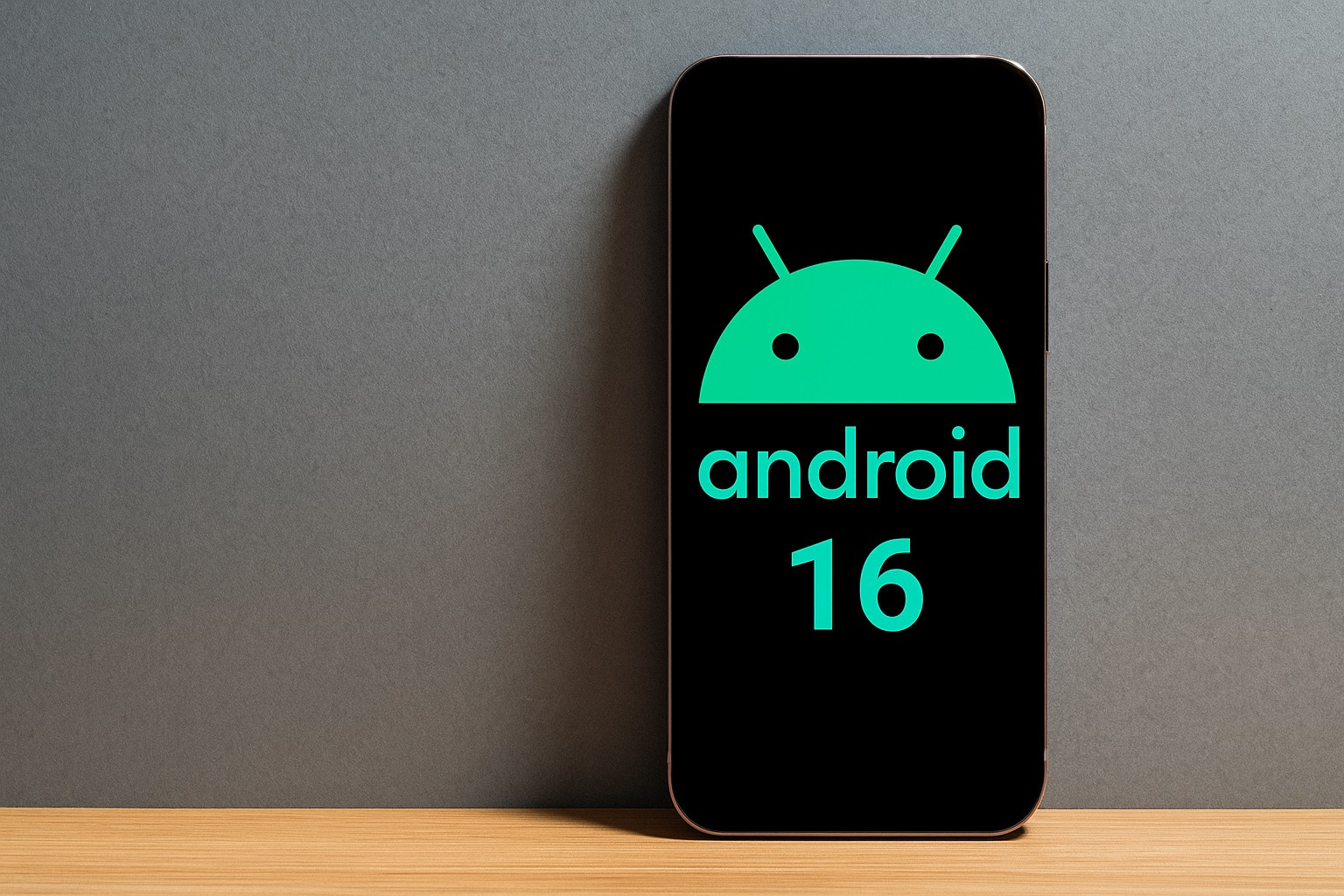- Google ha subido el código fuente de Android 16 QPR1 al Android Open Source Project bajo la rama
android16-qpr1-release. [1] - La publicación llega aproximadamente dos meses después de que QPR1 comenzara a implementarse en los Pixel, una espera inusualmente larga que frustró a los proyectos de ROM. [2]
- El código confirma las principales novedades de QPR1 como Material 3 Expressive y el trabajo en curso en Desktop Mode, ahora completamente inspeccionable por los desarrolladores. [3]
- El momento coincide estrechamente con el Pixel Feature Drop de noviembre de 2025, lo que podría explicar la ventana de retención. [4]
Qué pasó hoy
Google ha publicado el código fuente completo de Android 16 QPR1 en AOSP. Puedes ver el cambio oficial en el manifiesto—“Update default revision to android16-qpr1-release”—en el repositorio platform/manifest, y el default.xml actualizado ahora apunta a esa rama para android-latest-release. [5]
La publicación coincide con múltiples informes de la prensa y la comunidad de desarrolladores de Android que señalan que el código de QPR1 finalmente es público tras varias semanas de espera. [6]
Por qué importa la publicación
Transparencia y comparación: Con el código disponible, los equipos pueden comparar frameworks/base, SystemUI, WindowManager y Shell para ver cada cambio de comportamiento desde Android 16 GA y el despliegue de QPR1. Esto es esencial para clasificar regresiones, resolver problemas de compatibilidad de apps y validar integraciones de OEM. [7]
Custom ROMs: Proyectos importantes como LineageOS retrasaron intencionadamente las compilaciones etiquetadas como QPR1 porque no todos los componentes estaban disponibles. La publicación de hoy desbloquea los rebases y debería acelerar las compilaciones de prueba para dispositivos populares. [8]
Verificación de características: La fuente confirma la renovación visual bajo Material 3 Expressive y la continua infraestructura de Desktop Mode que apareció a lo largo de las betas de QPR1—ahora completamente auditable. [9]
El retraso—¿qué cambió en este ciclo?
Históricamente, Google publicaba nuevas ramas de Android en AOSP a los pocos días de un lanzamiento estable. Con Android 16 QPR1, el código llegó unos dos meses después de que los Pixel recibieran la actualización—una excepción que dejó a los mantenedores esperando. [10]
El Pixel Feature Drop de noviembre de 2025 llegó ayer con nuevas funciones asistidas por IA; el código fuente de QPR1 apareció inmediatamente después. Esa secuencia ha alimentado conjeturas fundamentadas de que Google quería evitar revelar pistas de futuras Feature Drop en los repositorios públicos. Google no ha dado oficialmente una razón técnica, pero la sincronización coincide. [11]
¿Qué hay realmente en Android 16 QPR1?
- Material 3 Expressive UI: Una renovación visual más amplia que abarca los Ajustes Rápidos, notificaciones y elementos de la pantalla de bloqueo, ahora revisable hasta el nivel de recursos y banderas. [12]
- Progreso en Desktop Mode: Una base más robusta para múltiples ventanas/pantallas que los OEM y ROM pueden examinar en WindowManager/Shell para perfeccionar el comportamiento de ventanas libres y la barra de tareas. [13]
- Pulido del ecosistema: Un montón de correcciones internas típicas de los QPR que no cambian los niveles públicos del SDK pero sí afectan servicios, políticas SELinux, reglas Soong y versiones APEX—ahora rastreables commit por commit. [14]
Cómo sincronizar Android 16 QPR1 desde AOSP
Google ahora recomienda seguir android-latest-release, que está configurado a la última rama de lanzamiento—hoy, esa es android16-qpr1-release. [15]
References
1. android.googlesource.com, 2. www.androidauthority.com, 3. www.androidauthority.com, 4. blog.google, 5. android.googlesource.com, 6. www.androidauthority.com, 7. www.androidauthority.com, 8. www.androidcentral.com, 9. www.theverge.com, 10. www.androidauthority.com, 11. blog.google, 12. www.theverge.com, 13. www.androidauthority.com, 14. www.androidauthority.com, 15. source.android.com
